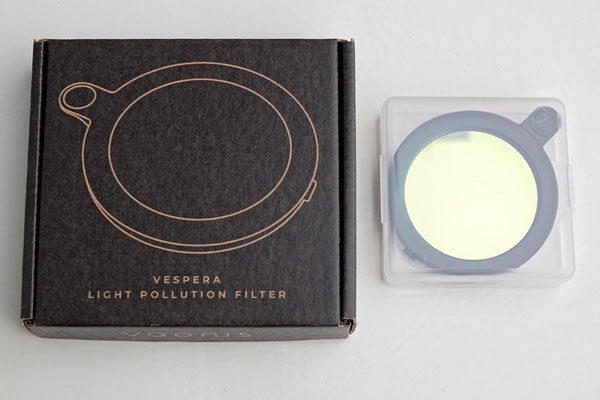Vaonis Vespera - Further Observations with the CLS Filter
Introduction | Photos with and without CLS Filter | First Conclusions | Links
Archive
On this page, I describe further experiences with my electronic 2" refractor telescope Vaonis Vespera 50 mm/200 mm (f/4) when observing with the CLS Filter (light pollution filter).
See also pages:
- Vaonis Vespera - Information
- Vaonis Vespera - FAQ
- Vaonis Vespera - Adventurer Pack and More Accessories
- Vaonis Vespera - Observations of the Sun
- Vaonis Vespera - Observations with Filters
- Vaonis Vespera - Further Observations with the Dual Band Filter
- Vaonis Vespera - Dual Band Filter Photos and Topaz Denoise AI
- Vaonis Vespera - Further Observations with the CLS Filter
- Vaonis Vespera - Further Observations with the CLS Filter
Note: In June 2024, I sold my Vaonis Vespera smart telescope. I therefore cannot report any further experiences with it here. |
Introduction
On this page, I compare some nebula photos that were taken without and with the CLS Filter and with both Filters.
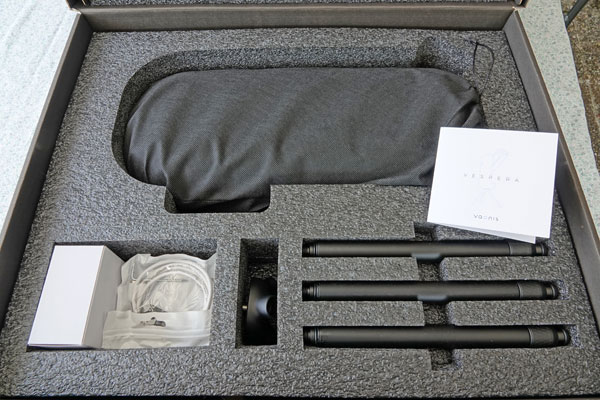 |
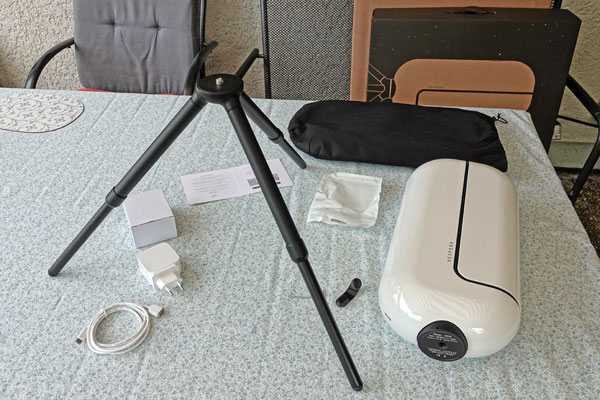 |
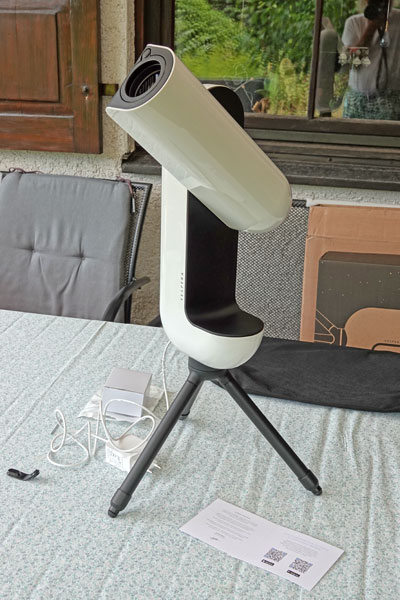 |
Photos: My Vaonis Vespera (end of July 2022)
CLS/Light Pollution Filter
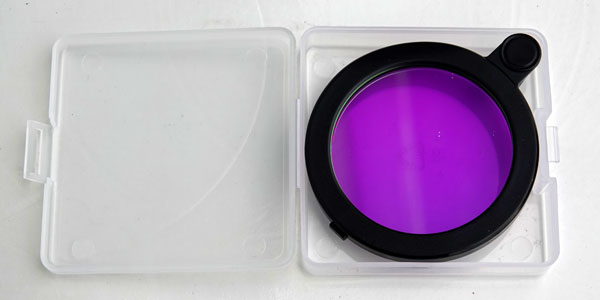 |
||
CLS/Light Pollution Filter |
CLS/Light Pollution Filter |
Photos with and without CLS Filter
M 42 (Orion Nebula)
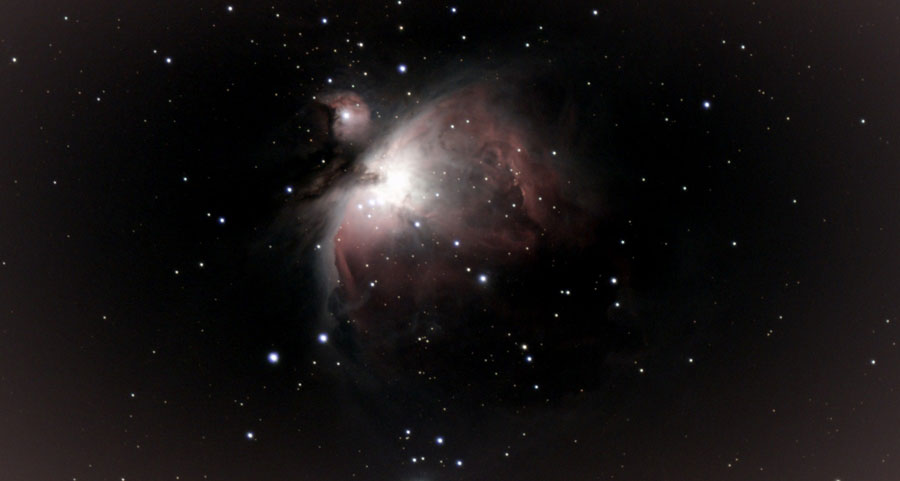 |
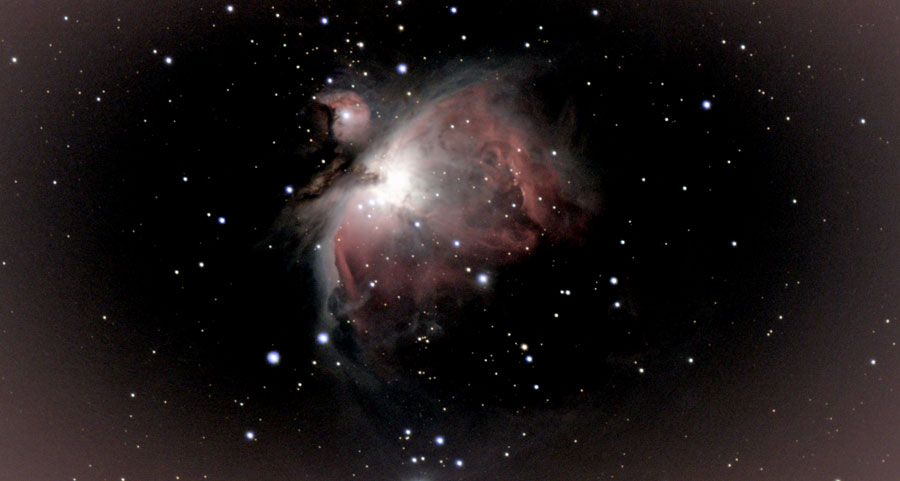 |
|
M 42/43 Jan 9, 2024 - original (60 frames = 600s) |
M 42/43, Jan 9, 2024 - large (60 frames = 600s), processed |
|
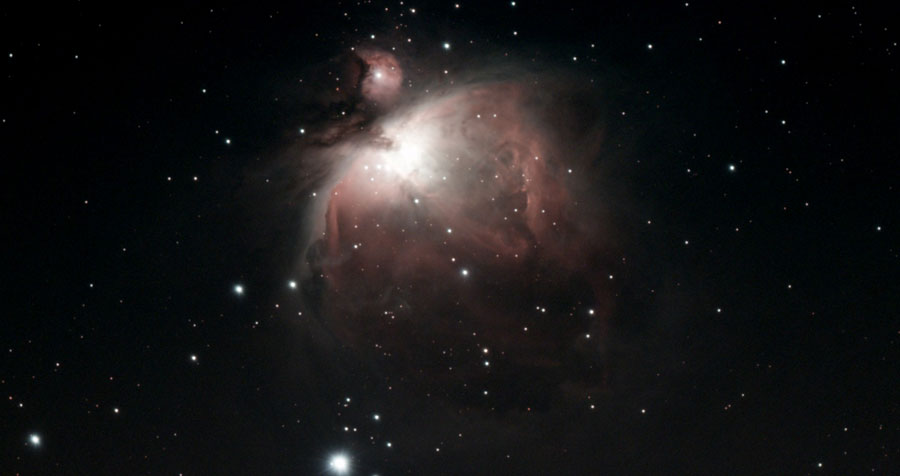 |
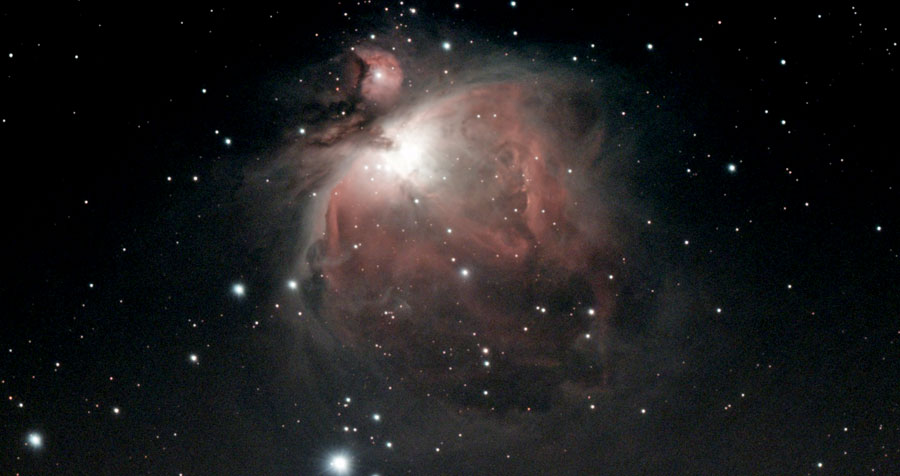 |
|
M 42/43, Jan 26, 2024 - original (120 frames = 1200s), CLS Filter |
M 42/43, Jan 26, 2024 - large (120 frames = 1200s), CLS Filter, processed |
|
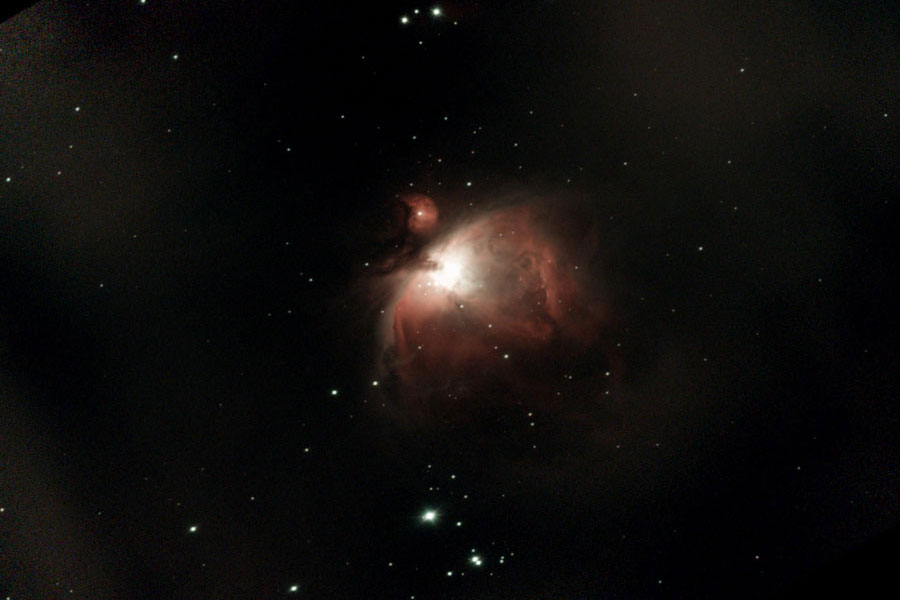 |
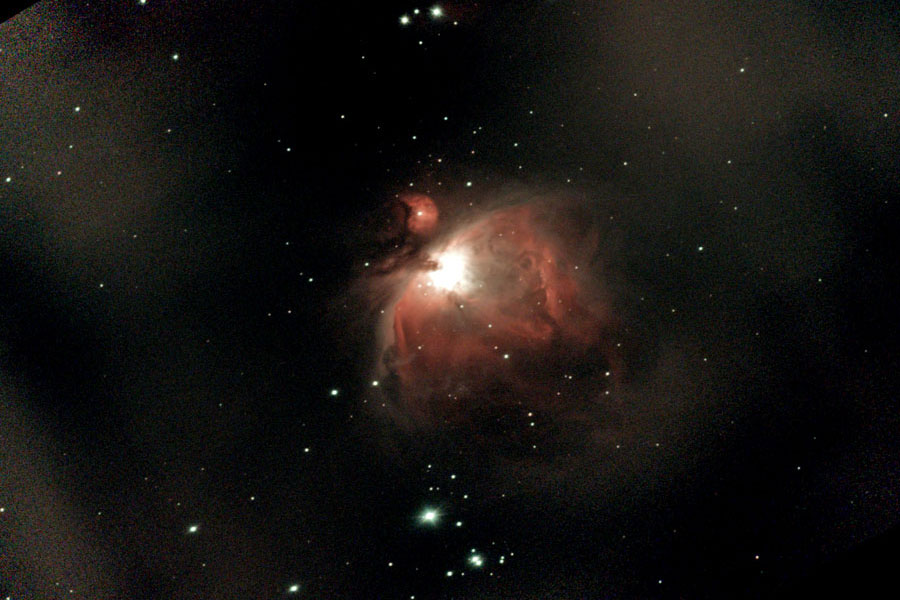 |
|
M 42/43, Feb 20, 2023 - original, 690s, mosaic, image section, Dual Band Filter |
M 42/43, Feb 20, 2023 - large, photo left processed, 690s, mosaic, image section, Dual Band Filter, processed |
NGC 281 (Pacman Nebula)
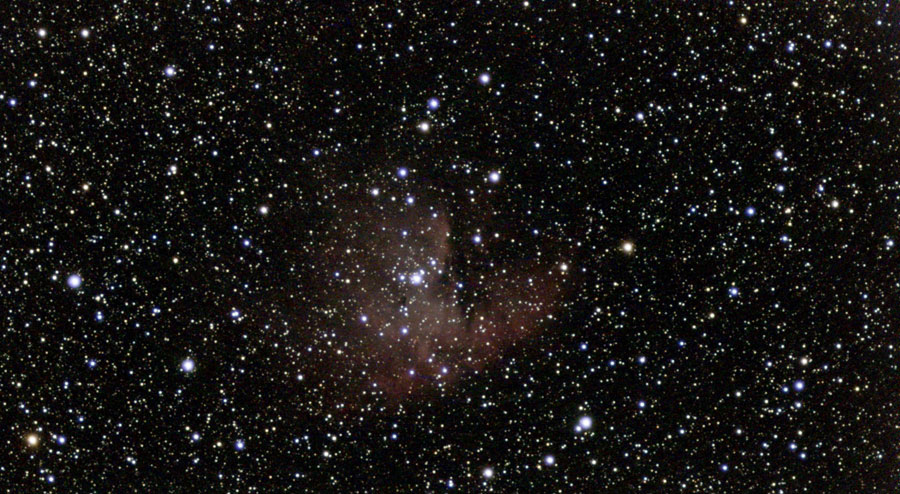 |
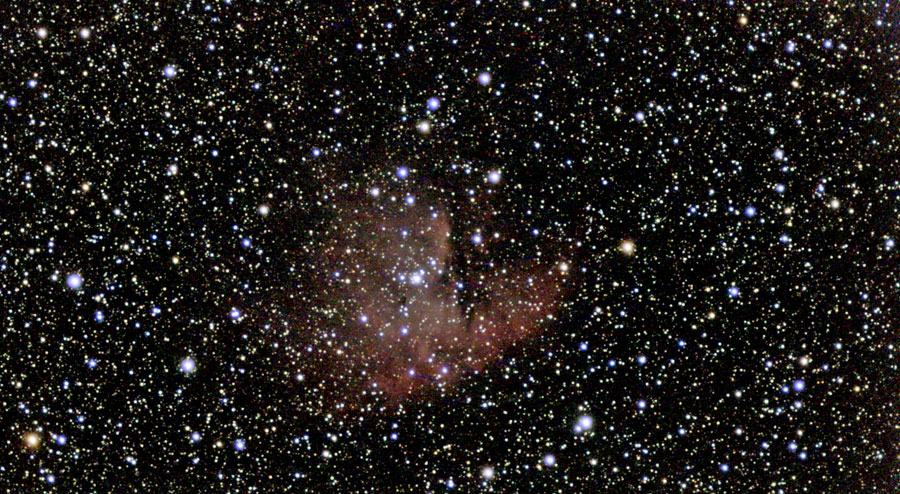 |
|
NGC 281, Nov 1, 2022 - original (128 frames = 1280 seconds) |
NGC 281, Nov 1, 2022 - large (128 frames = 1280 seconds), photo left processed |
|
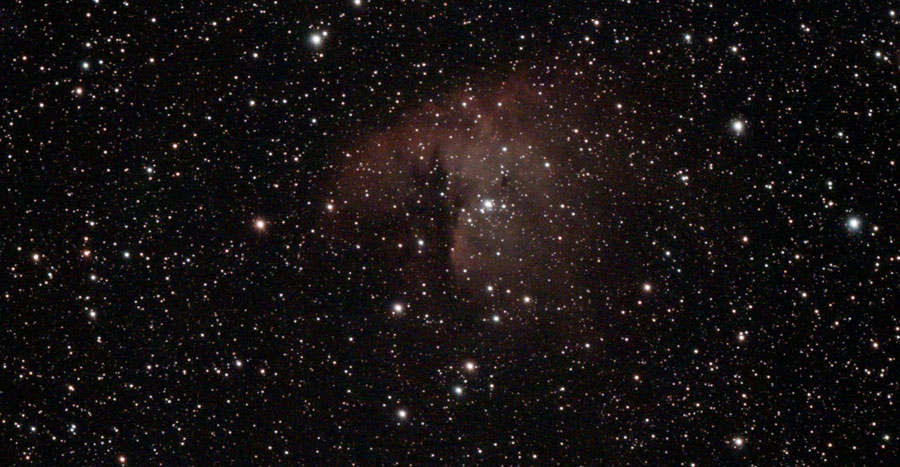 |
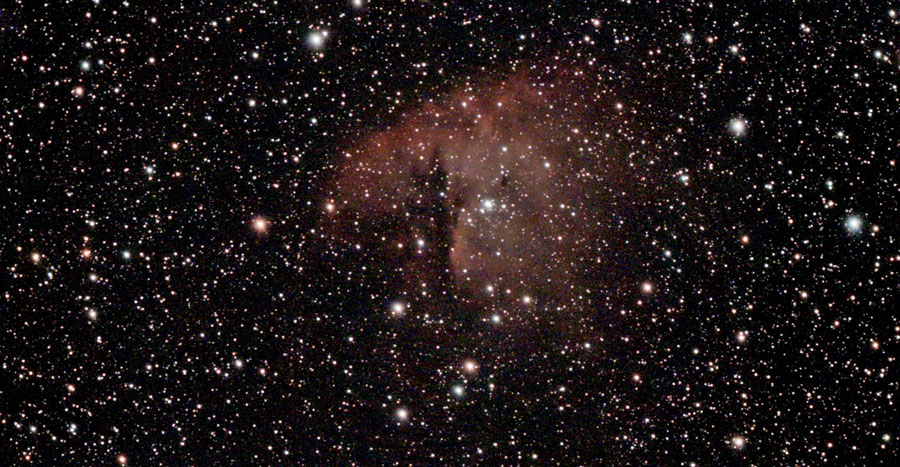 |
|
NGC 281, Jan 26, 2024 - original (180 frames = 1800s), CLS Filter |
NGC 281, Jan 26, 2024 - large (180 frames = 1800s), CLS Filter, photo left processed |
|
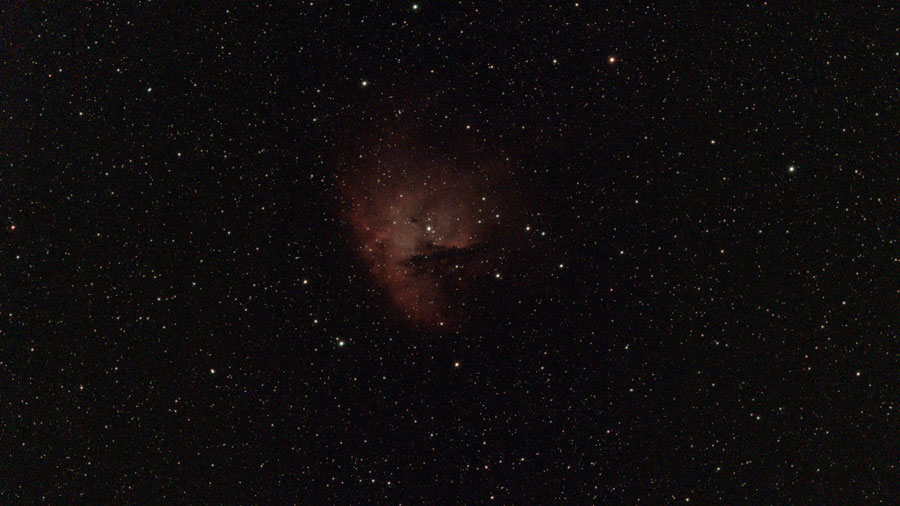 |
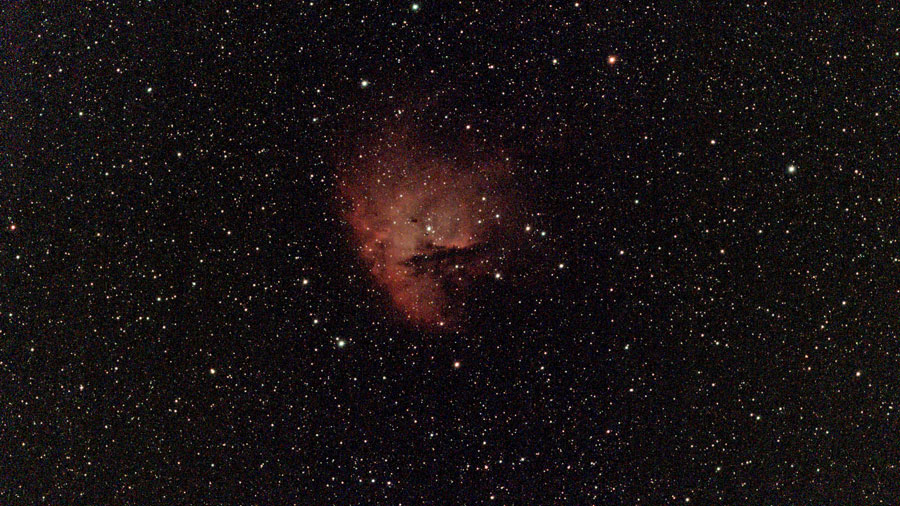 |
|
NGC 281, Jan 10, 2024 - original (204 frames = 2040 seconds), small mosaic, Dual Band Filter |
NGC 281, Jan 10, 2024 - large (204 frames = 2040 seconds), small mosaic, Dual Band Filter, photo left processed |
NGC 1499 (California Nebula)
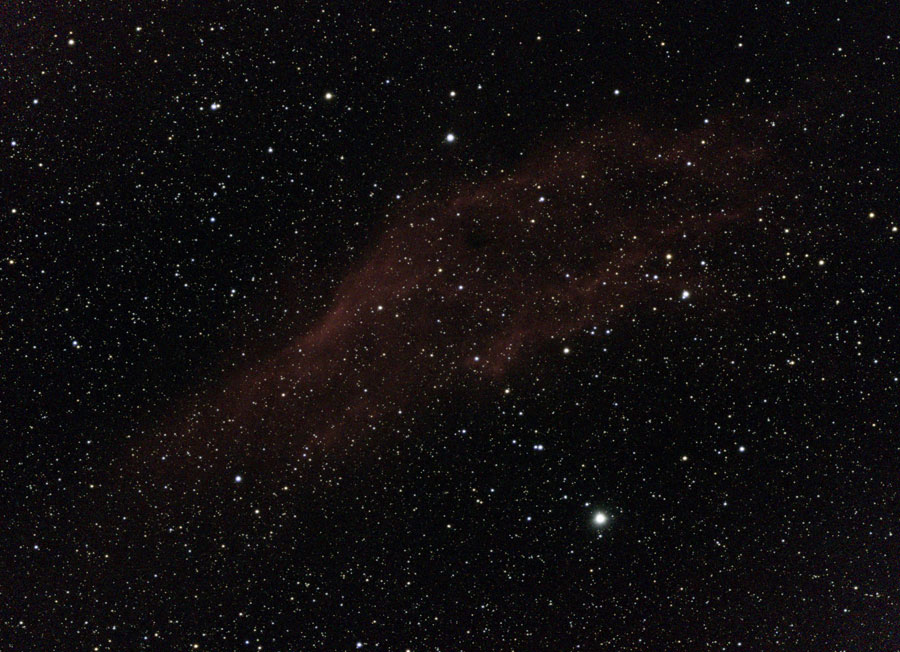 |
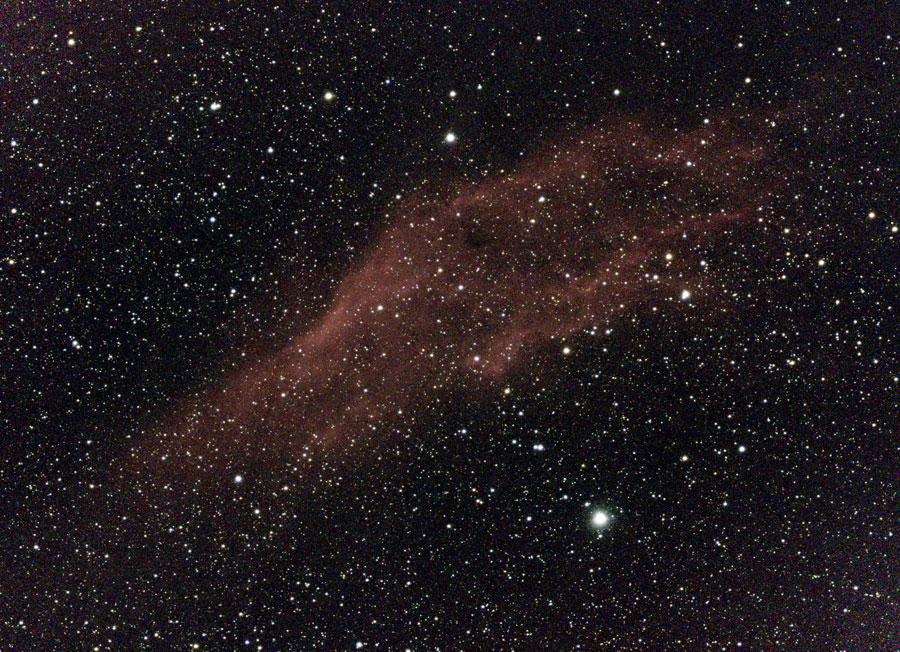 |
|
NGC 1499, Feb 7, 2023 - original, mosaic, 4160s |
NGC 1499, Feb 7, 2023 large, photo left processed |
|
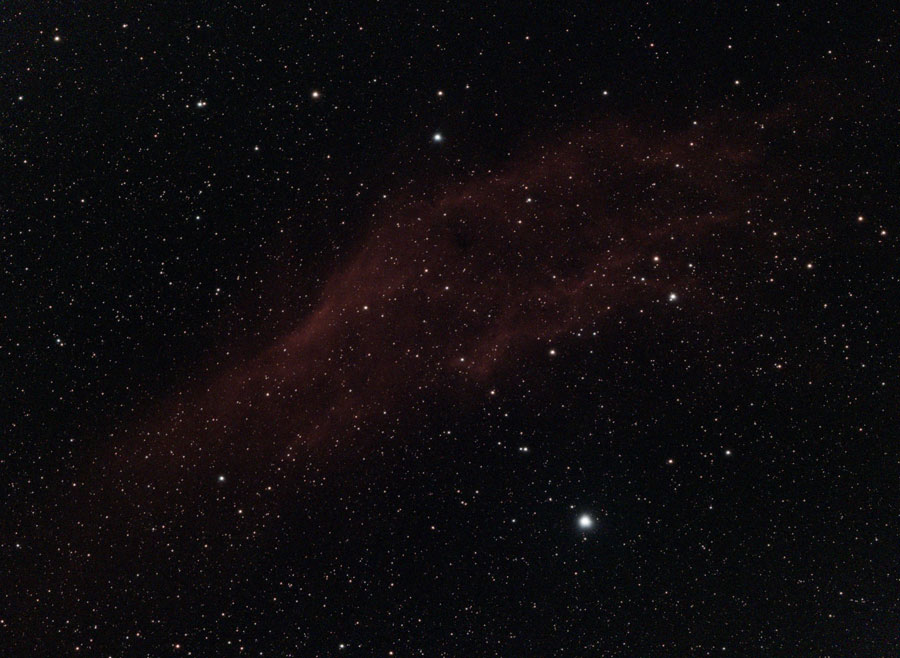 |
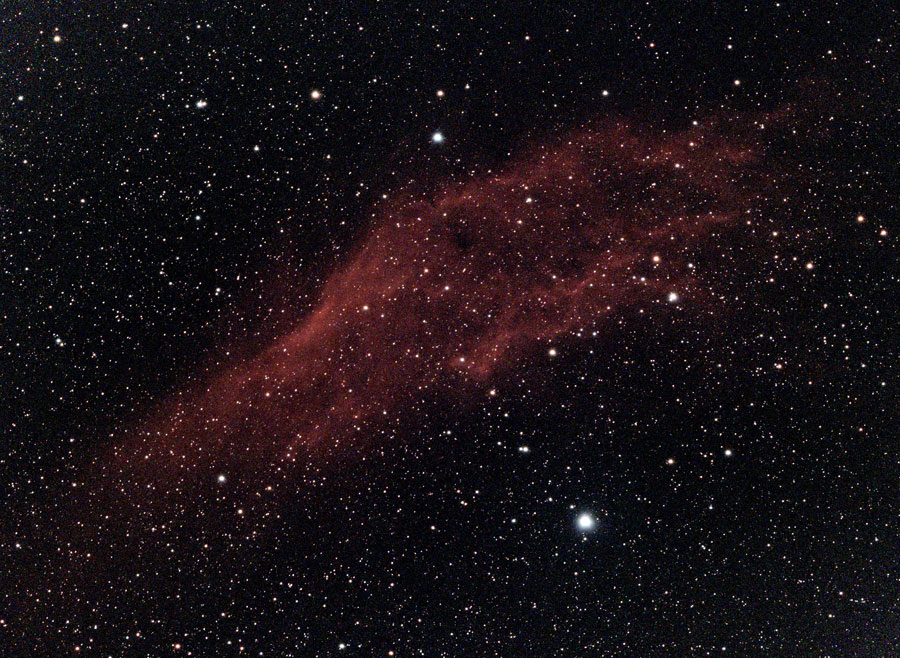 |
|
NGC 1499, Jan 26, 2024 - original, 3630s, mosaic, CLS Filter |
NGC 1499, Jan 26, 2024 - large, 3630s, mosaic, CLS Filter, photo left processed |
|
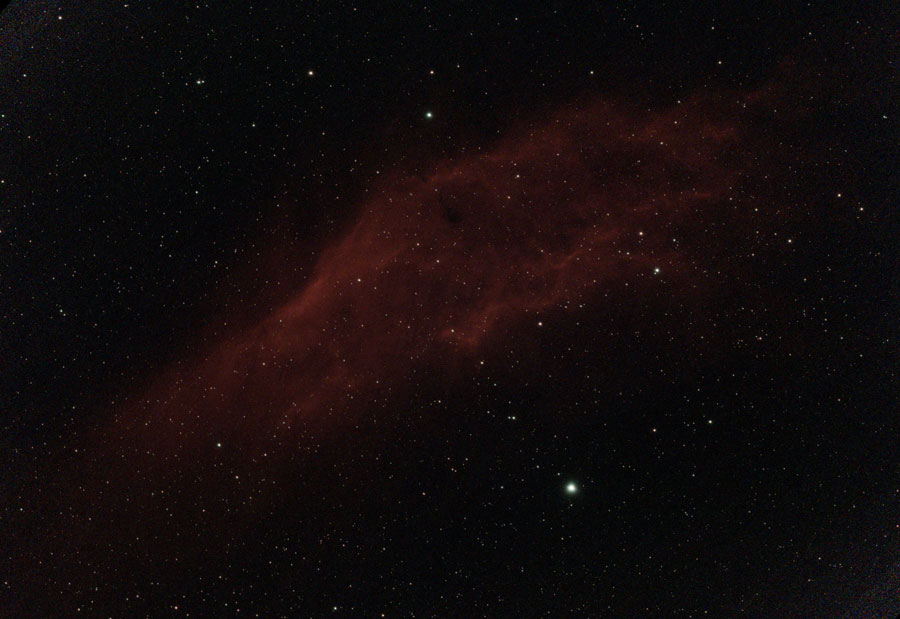 |
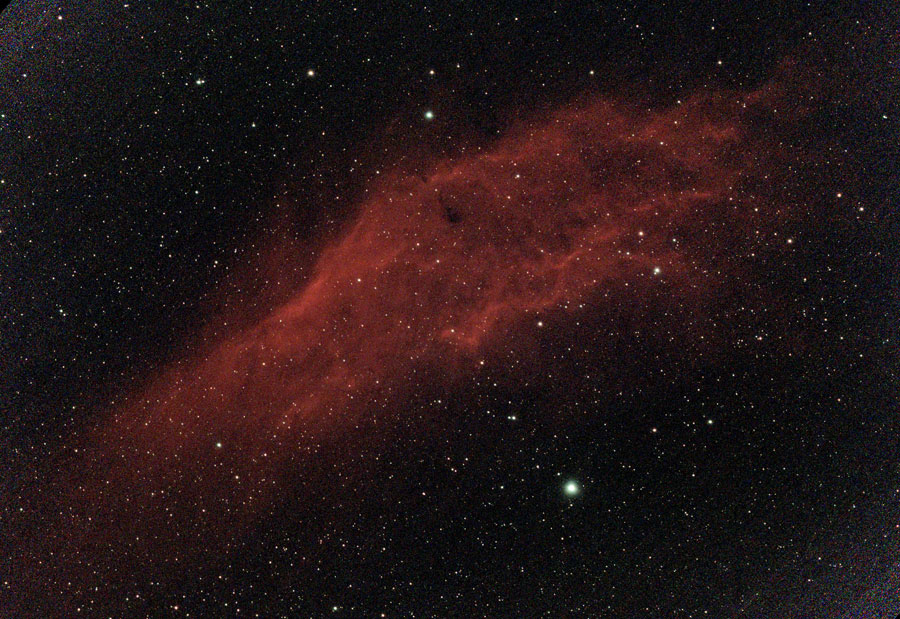 |
|
NGC 1499, Jan 10, 2024, original, 3210 s, mosaic, Dual Band Filter |
NGC 1499, Jan 10, 2024 - large, 3210 s, mosaic, Dual Band Filter, photo left processed |
First Conclusions
CLS Filter
Overall, the images with the Dual Band Filter are convincing for all objects, except that the colors have become somewhat unnatural due to the filter. In addition, the stars are more strongly suppressed, which makes the nebulae stand out more clearly and look more detailed. What you like better, however, may be a different matter...
After all, the Dual Band Filter does not seem to take away much light.
Dual Band Filter
The images with the Dual Band Filter are also convincing for all objects, except that the colors have become somewhat unnatural due to the filter. In addition, the stars are more strongly suppressed, which makes the nebulae stand out more clearly and look more detailed. What you like better, however, may be a different matter...
After all, the Dual Band Filter does not seem to take away much light; sometimes the photos even appear brighter at comparable exposure times.
Note: In June 2024, I sold my Vaonis Vespera smart telescope. I therefore cannot report any further experiences with it here. |
Links
- Vaonis: vaonis.com/fr/ (FR), vaonis.com (EN)
- Vespera Dual Band Filter: vaonis.com/product/vespera-dual-band-filter (EN)
- See also my page offering Astronomy Links.
| 05.10.2024 |
